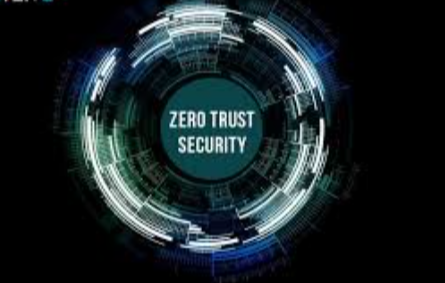Zero Trust Security represents a paradigm shift in cybersecurity, challenging the assumption that entities inside a network can be inherently trusted. This model mandates continuous verification of users and devices, regardless of their location. By implementing strict access controls and data protection measures, organizations can significantly reduce vulnerabilities. As cyber threats evolve, understanding the intricacies of Zero Trust becomes crucial for maintaining robust security postures. What implications does this have for contemporary security practices?
Understanding the Zero Trust Model
The Zero Trust model represents a fundamental shift in cybersecurity philosophy, emphasizing that no entity—whether inside or outside an organization’s network—should be inherently trusted.
It necessitates a robust zero trust architecture where access control mechanisms continuously verify user identities and device integrity, ensuring that only authenticated and authorized entities can interact with sensitive resources, thereby minimizing potential attack surfaces and enhancing overall security.
Key Principles of Zero Trust Security
Adopting the Zero Trust model necessitates a clear understanding of its core principles, which form the foundation of an effective security strategy.
These principles include robust access control, continuous verification of user identities, stringent data protection measures, enhanced endpoint security, effective network segmentation, and comprehensive identity management.
Together, they create a resilient framework that safeguards against evolving threats while promoting user autonomy and operational efficiency.
Read more: Phishing Attacks: How to Spot and Prevent Them
Benefits of Implementing Zero Trust Strategies
Implementing Zero Trust strategies offers substantial benefits that enhance an organization’s security posture in an increasingly complex digital landscape.
These benefits include cost savings through optimized resource allocation, enhanced compliance with regulatory standards, and improved resilience against cyber threats.
Additionally, Zero Trust promotes user empowerment by minimizing unnecessary access while facilitating risk reduction, ultimately fostering a secure environment conducive to organizational freedom and innovation.
Conclusion
In an era where cyber threats evolve as swiftly as the latest smartphone technology, the Zero Trust Security model emerges as a crucial defense mechanism. By dismantling outdated assumptions of trust and implementing rigorous verification processes, organizations can significantly bolster their cybersecurity posture. The continuous assessment of identities and devices not only mitigates potential vulnerabilities but also cultivates a proactive security culture, ultimately ensuring compliance with modern regulatory frameworks and enhancing resilience against increasingly sophisticated attacks.






